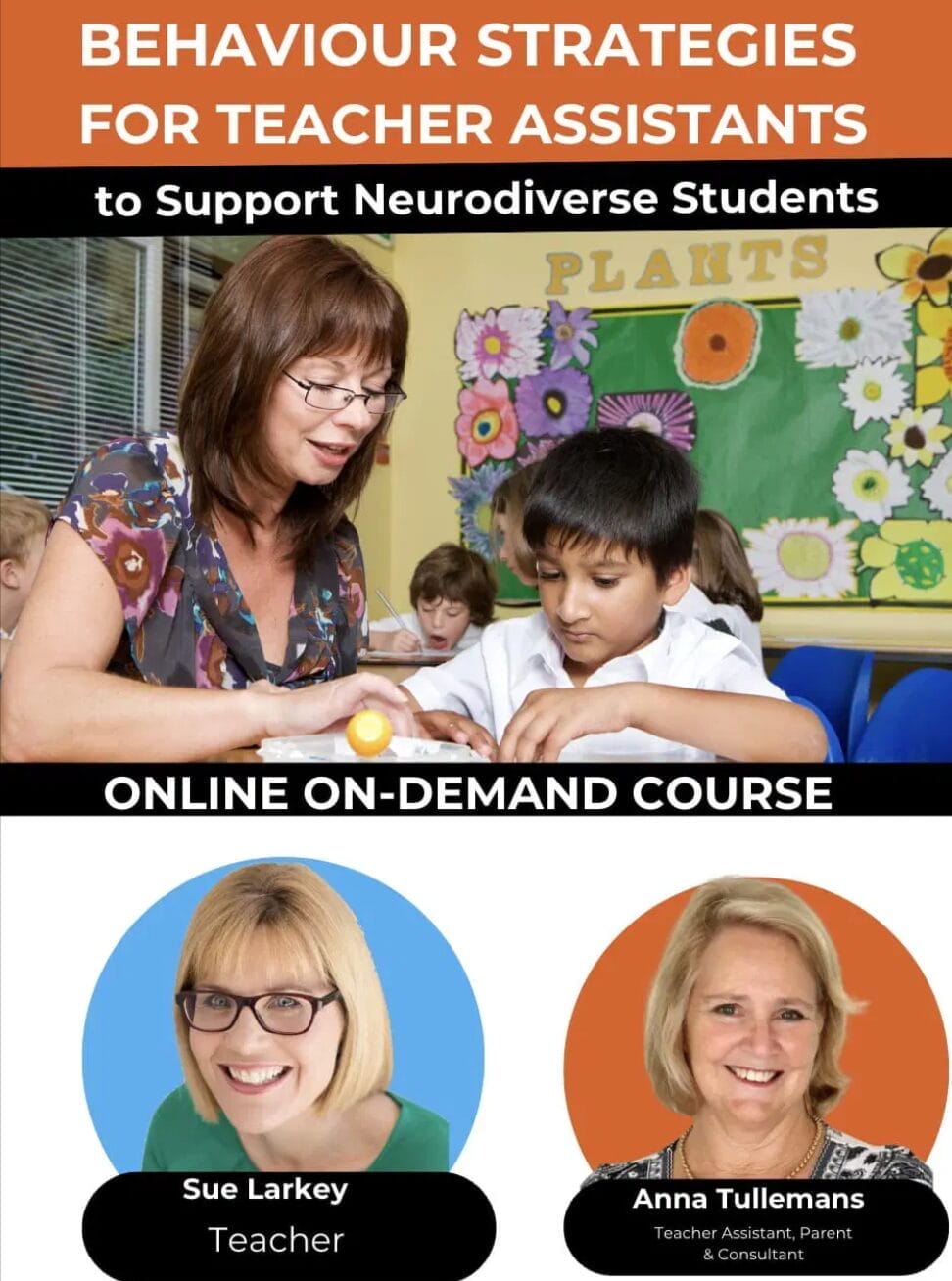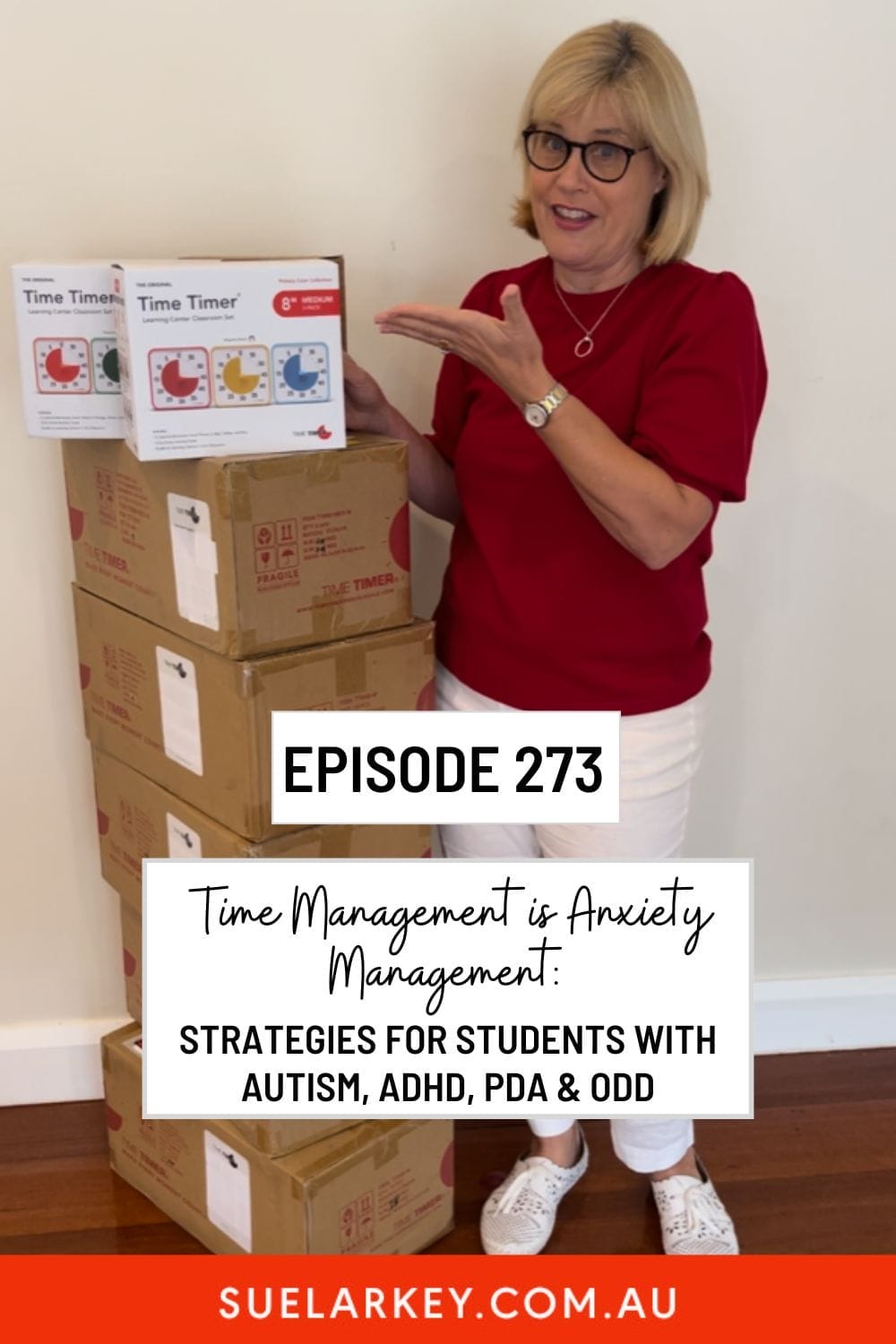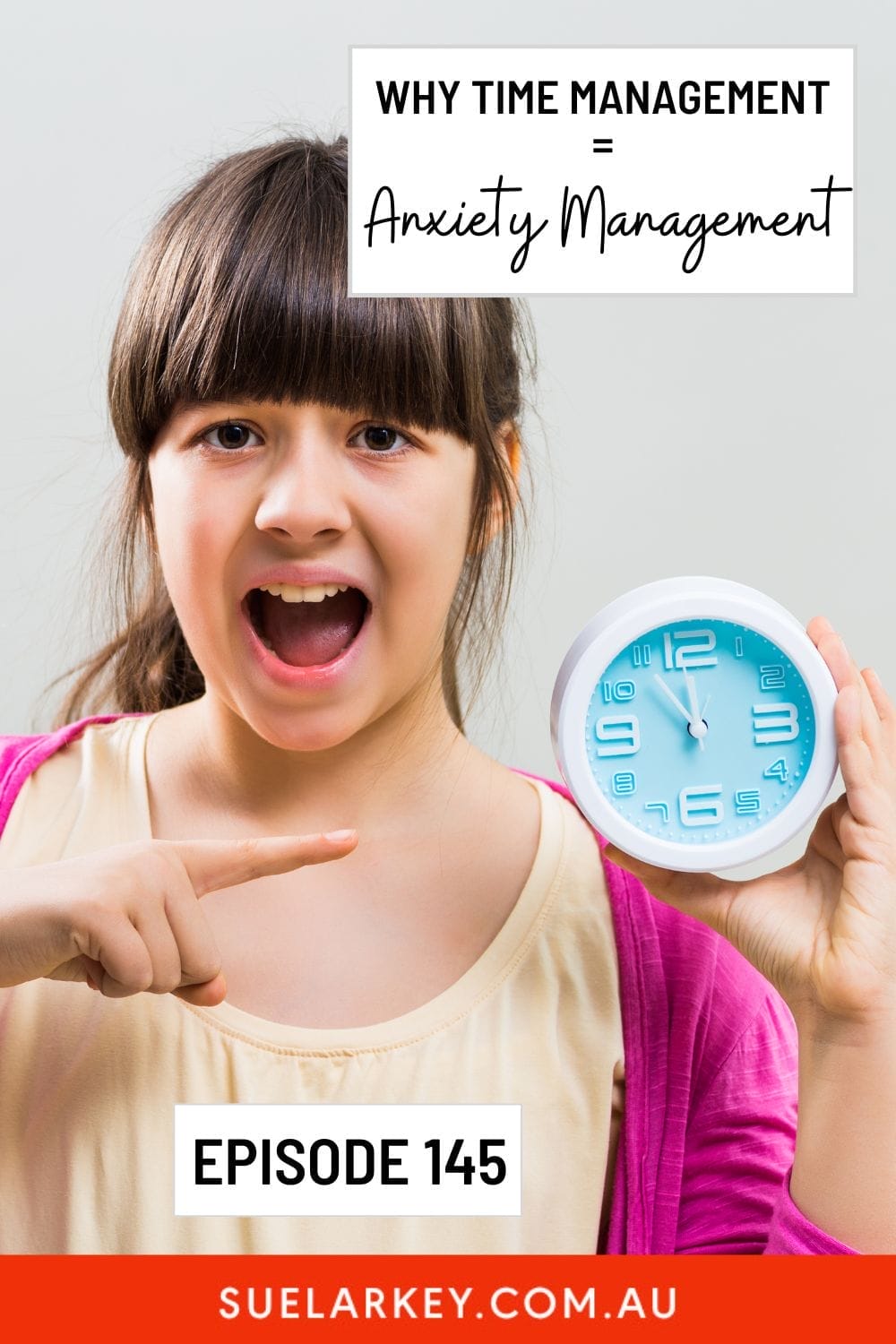How Using Visual Schedules Can Build
Independence for Neurodiverse Students
Schedules for Neurodiverse Children
10 Ideas to Try from this Podcast:
✅ Library Schedule Breakdown: Instead of just saying “library time,” break down the entire sequence – returning books, sitting on the mat, listening to a story – to reduce anxiety and increase engagement.
✅ Morning Routine Visual Chart: Create a visual schedule for morning routines with breakfast, getting dressed, cleaning teeth, and packing bags – with time allocations for each activity.
✅ Assembly Navigation: Use visual schedules to show the sequence of assembly events – national anthem, principal’s announcements, class performances – making long sitting periods more manageable.
✅ Hand-Washing Sequence: Break down hand-washing into clear steps with timing – turn on tap, apply soap, wash while singing “Happy Birthday,” rinse, dry hands thoroughly.
✅ Homework Time Management: Use digital timers that can be paused for procrastinators, helping students realize how much time they actually spend on task versus getting distracted.
✅ Playground Activity Schedule: Structure playground time with visual cues for different activities – ball games, running, climbing – rather than unstructured “free time.”
✅ Special Interest Scheduling: Schedule special interest activities three times throughout the day, helping students see when they’ll next have access to their favorite activities.
✅ Reward System with Visual Timers: Set up clear work/reward routines like “10 minutes work, 2 minutes sensory break” with visual timers showing both work time and break time.
✅ Substitute Teacher Preparation: Add photos of substitute teachers to schedules in advance, noting how long the regular teacher will be away to reduce anxiety about staffing changes.
✅ End-of-Day Calendar Review: Implement a daily routine where students cross off completed days on a calendar and preview the next day’s schedule before leaving
Harness Strategies to Increase Independence Now!

3 Key Ingredients – Timer + Visual + Schedule = INdependence

TIMERS
1. Tell the child HOW long and WHEN they are going to have to do an activity.
2. Timers allow us to pre-warn: It answer many of the questions these children have: What is happening?, What order?, What time?, What is next?, How long?
Schedules/To Do Lists/Routines are a vital tool for children with an ASD
Many children have difficulties accepting change and transition from one thing to another – a schedule helps them see and understand what is going to happen next.
Schedules also help people to organise themselves and to plan ahead.
Ideas to try using: Schedules + VISUALS + Timers = Success
1. Break tasks down into small achievable tasks, with realistic timeframes. Use digital timer on Portable Schedule to count UP or DOWN. For example: Time for school = clean teeth, toilet, bag, hat.
2. Help move from one activity to the next. For example: Mat Time, Reading, Recess.
3. Finish. Letting a child know how long to go and what is next.
4. Independence. Allow students to self monitor and move from one task to another without prompts.
5. Toilet Timing! You all know I am a BIG fan of toilet timing, you can now actually put the visuals for toilet on the Portable Schedule: Toilet, Flush, Wash Hands, Dry hands and re-set for 1 hour or more!
At Home
6. Set 10 minutes to get dressed – attach relevant clothing visuals to Schedule.
7. Morning Routine – Breakfast, TV, Get Dressed.
8. 5 minutes doing Lego and then Mum will be ready.
At School
9. 10 minutes work, 5 minute break, 10 minutes work etc.
10. How long will it take to write x sentences or how many words can you write in x time. You can use this idea for reading, maths, worksheets etc.
11. Set up for Recess/Lunch with a schedule of activities.
12. 20 Minutes for Assembly put visuals on strip for song, awards etc.
Watch this Video for more insight and Strategies to Increase Independence with a Digital Schedule!
Visual Activity Flip & Fold Schedule
How to Use:
Cut along the line between each of the green ticks (But not further than the box) so your student can fold over the tick once they have completed the task OR are ready for their next task on the schedule.
Interested in Strategies to Increase Independence? PORTABLE SCHEDULES WITH Digital Timers ARE BACK IN STOCK!
Portable Schedule with Digital Timers

I love Portable Schedules as they links visual schedules with a timeframe, and
is small enough for individual children.
I am always looking for new ways to help children with timeframes. It is great to let the child know what is going to happen (visual schedule) but the missing piece has always been HOW LONG or when these activities will happen.
Managing the child’s expectation just got easier with these Portable Schedules
as you can incorporate both.
Many of you are using the Time Timers and getting fantastic results, some
schools now have them in every classroom. This Portable Schedule can be used in conjunction with your Time Timer or on its own.
Recommended courses
Recommended podcasts
Sue’s Top Resources for Creating Independence:
UNDERSTANDING AuDHD: Teaching & Supporting Students with Autism and ADHD Co-occurrence
✅ 2 Hours, 8 Lessons
✅ 6 Weeks to Complete 🎁 Bonus 6 Months Access (available until 28 Oct 25)
✅ Certificate of Completion
✅ Lesson Transcripts
 2 Hours
2 Hours

$149








 2 Hours
2 Hours



 Sorry we no longer ship items outside Australia. Please consider the digital versions of Sue’s Books –
Sorry we no longer ship items outside Australia. Please consider the digital versions of Sue’s Books – 